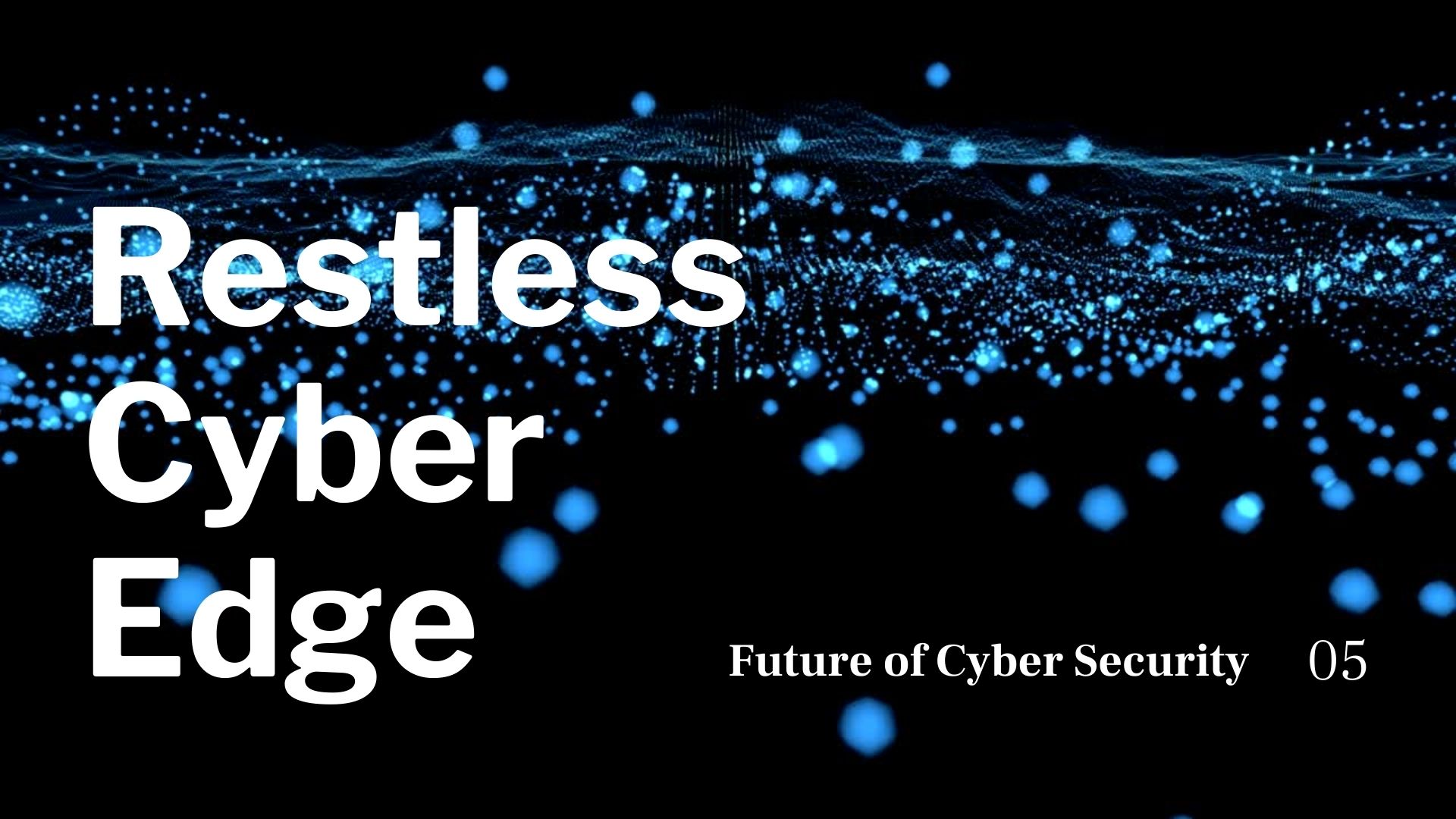What Makes SOC Effective? People, Process, and Technology
April 1, 2023, 9 min read
In today’s rapidly-evolving cyber threat landscape, Security Operations Centers (SOCs) are becoming increasingly vital for organizations looking to protect their data and systems. While technology plays a critical role in SOC effectiveness, it’s important to remember that it’s not the only factor. In fact, three key components make SOC effective: people, process, and technology.
What is SOC Efficiency?
The SOC employee’s goal is to secure the organization’s data and its reputation from cyberattacks while also reducing the number of potential cyberthreats. Exactly which metrics will be used to measure success? Times taken to respond to incidents are one possible example. Further, the CISO and the board should reach an agreement on the scope of the SOC’s risk management services. Such items as response time and procedures for reporting critical threats can be outlined in service level agreements (SLAs).
Click here to read more about Security Operations Centre’s definition and functions.
What Makes SOC Effective?
People:
One of the most critical factors in SOC effectiveness is having skilled and experienced personnel. This includes security analysts, incident responders, and threat hunters who can identify and respond to threats quickly and efficiently. It’s also important to have strong leadership and effective communication between team members to ensure that everyone is working towards the same goals.
Process:
In addition to having the right people in place, a well-defined and streamlined process is essential for SOC effectiveness. This includes incident response plans, playbooks, and standard operating procedures that ensure consistent and effective responses to threats. It’s also important to regularly review and update these processes to ensure that they remain relevant and effective in the face of new threats.
Technology:
While people and process are critical components of SOC effectiveness, technology is also key. This includes everything from threat intelligence tools, security information, and event management (SIEM) systems to advanced analytics and automation tools. With the right technology in place, SOC teams can detect and respond to threats more quickly and effectively, reducing the risk of data breaches and other cyber security incidents.
With the increased adoption of cloud computing, the Internet of Things (IoT), mobile devices, and remote work, the attack surfaces of enterprises are growing rapidly and pose greater risks. Consequently, SOC (Security Operations Centre) teams are having difficulty keeping up with cybercriminals and being one step ahead of them.
If an attack goes unnoticed or unreported, it could result in devastating financial losses. For businesses with more than 25,000 employees, the cost of a data breach jumps to $5.52 million on average. The price paid by businesses with inadequate protection is high, with over 7,000 breaches already reported this year.
How Do You Build an Effective SOC?
Strategic planning and foresight are essential to creating a reliable SOC. When properly implemented, a SOC is an investment in the safety of sensitive information and the good name of the company. Here are some important things to remember as you create your company’s cybersecurity strategy and choose the right tools.
The Security Operations Centre (SOC) soc career involves a company’s cyber defences. This entails keeping an eye on the company’s infrastructure around the clock and taking action in the event of a security breach.
An organization’s size, its dedication to cybersecurity, and other considerations all play a role in determining the optimal size of the SOC team. However, most businesses are having trouble finding qualified candidates to fill key positions on their security teams, and many have understaffed their security operations centres (SOCs).
SOC teams need to maximise efficiency in order to be effective given the SOC’s incapacity to expand in line with their increasing workload. They just need to put in place the proper systems, practises, and equipment to achieve their goals.
Lessen the delay in responding
The SOC analyst needs to be able to spot the telltale signals of an attack, evaluate the suspicious behaviour, and launch a countermeasure to end the danger as soon as possible. The less time cybercriminals have to snoop about unchecked on an organization’s networks, the less likely they are to compromise high-value assets and steal private data.
Reduce the effects of a security breach to an acceptable level
The sole purpose of a SOC is to lessen the blow a breach would deal to a company. The SOC’s efforts to reduce attack dwell time (the period of time between the initiation of an attack and its discovery) contribute to the mitigation of breach consequences. When properly implemented, SOCs can prevent even relatively minor security incidents from developing into catastrophic breaches. Security operations centres (SOCs) soc roles can improve their detection and response times with the use of contextualised, rich threat intelligence and the prioritization of security incidents depending on severity.
Maintain an advantage over your attackers
SOCs are constantly innovating to expand their capabilities beyond reactive incident response and towards proactive threat hunting. Expert SOC analysts trawl through digital data to identify early evidence of attacks that may not always activate alarms but are nonetheless worth investigating because the stealthiest attackers strive hard to escape detection.
Tools and technologies used in SOCs
Here are the tools and technologies for an effective soc technology soc process:
Software for Managing Logs
Any security study requires first obtaining the necessary data. When you need to know what’s going on on your network, go no further than your logs. However, every day, millions of logs are produced by different devices on the network. Sorting through them by hand is inefficient at best and impossible at worst. Using a log management solution, you can programmatically collect, parse, and analyse your logs. It is typically part of a Security Information and Event Management system.
Management of sensitive data and events (SIEM)
A security information and event management tool (SIEM) is one of the most fundamental technologies at the heart of a security operations centre (SOC). Organizational network activity logs include a plethora of data that must be evaluated for anomalous activity. In the event of an attack, a SIEM platform may collect log data from a wide variety of sources, analyse it for trends, and immediately issue an alarm.
The SOC team can get visual reports detailing relevant security data through an interactive dashboard. The SOC team may use these data from a centralised interface to quickly probe attack trends and threat vectors and learn valuable lessons from log patterns. Through forensic analysis of logs, the SOC team can determine the cause of a security incident using the SIEM tool. They have access to all of the log data and can delve into it to learn more about any security event.
With a SIEM solution, you can see the big picture of your company’s network.
Vulnerability management
The Security Operations Center team needs to periodically scan and monitor the network for any vulnerabilities because cybercriminals primarily target and exploit flaws that may already be present in your network to gain access to your systems. As soon as the flaw is uncovered, they must fix it to prevent it from being exploited.
Detection and action at the endpoint (EDR)
EDR tools constantly watch for malicious activity and attack patterns by collecting data from a wide range of endpoints and processing it in real-time. When an attack is detected, the EDR tool will shut it down and notify the security team promptly. Cyber threat intelligence, threat hunting, and behaviour analytics are just examples of how EDR capabilities can be expanded to improve the speed with which malicious behaviours are uncovered.
Analytics of user and entity behaviour (UEBA)
A UEBA solution is another crucial piece of equipment for a SOC group. To establish a standard of typical network behaviour for every user and entity, UEBA technologies employ machine learning algorithms to process data received from various network devices. In other words, as more information and experience is collected and analysed, UEBA solutions improve.
Every day, UEBA programmes examine logs from numerous network nodes. An anomaly is an occurrence that deviates from the norm and is investigated further for security risks. For example, if a person who regularly logs in between 9am and 6pm unexpectedly signs in at 3am, that event is flagged as an anomaly.
Based on many parameters, including the seriousness of the action and the frequency of the deviation, the user or business receives a risk score between 0 and 100. The SOC team can swiftly analyse the anomaly and take corrective action if the risk score is high.
Cyber threat Investigation
How can SOC teams stay ahead of increasingly complex cybersecurity attacks? Hackers can steal information and gain access to higher levels of the network for weeks without anyone noticing. Traditional techniques of detection are reactive, while danger hunting is proactive. It helps spot dangers that more standard security measures might miss.
It all starts with a hunch, then is looked into. To stop assaults before they happen, “threat hunters” systematically probe the network to find any concealed hazards. If a threat is identified, they compile relevant data and share it with the relevant teams so they can take swift action.
Information about potential dangers is the third component of threat intelligence.
The SOC team’s knowledge of all potential dangers to the firm is crucial if they are to prevent the latest cyberattacks. We call “threat intelligence” the pooled, fact-based knowledge of past and future risks that various organisations exchange. The SOC team can learn more about the nature of the threats they face, the motivations of the threat actors behind them, the warning signals to look for, and the best ways to counteract the threats by utilising threat intelligence.
Unauthorized Internet Protocol addresses (IPs), World Wide Web addresses (URLs), Domain Names (DNSs), and Electronic Mail (Email) addresses are all examples of indicators of compromise that can be accessed through threat intelligence feeds. Since there are always new forms of cyberattack, the threat feeds are often refreshed. When these threat feeds are correlated with log data, the SOC team receives instant notifications whenever a threat actor interacts with the network.
Empower Your Online Security: The Importance of Understanding Cyber Security Terminology
As the world becomes increasingly digitized, it’s more important than ever to stay up-to-date with the latest cyber security trends and terminology. From malware to phishing, cyber threats are constantly evolving, and it can be challenging to keep up with the latest developments.
By taking the time to familiarize ourselves with common cyber security terms, we can better protect ourselves and our data online. For example, understanding what a phishing attack is and how it works can help us recognize suspicious emails and avoid falling for scams. Similarly, knowing what malware is and how it spreads can help us take steps to protect our devices and networks from infection.
Moreover, familiarity with cyber security terms can also help us communicate more effectively with cyber security professionals. Whether we’re working with IT support or seeking guidance from an online forum, a basic understanding of cyber security terminology can help us better explain our concerns and solutions.
Overall, learning about cyber security terms is an essential step in protecting ourselves and our data online. By staying informed and aware, we can stay one step ahead of cyber threats and keep our information safe and secure.
Conclusion
In conclusion, SOC effectiveness requires balancing people, process, and technology. By investing in skilled personnel, well-defined processes, and advanced technologies, organizations can build effective Security Operations Centers that can quickly and efficiently identify and respond to cyber threats, protecting their valuable data and systems.
When a company has dozens of security tools deployed across its network but is having trouble making sense of the data they generate, it may decide to establish a security operations centre (SOC). Large enterprises often use solutions from forty to sixty different security suppliers, from endpoint protection and intrusion detection systems to firewalls and scanning tools. Each security product can generate large amounts of information regarding network activity and malicious exploits. In this post, we walked through the ways how to make a SOC effective and talked about soc roles and responsibilities. We hope it helps!




























